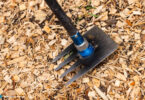There are as many clipless pedals as there are seashells at the seashore, but even small details can make a big difference when it comes to connecting man and machine. Before buying you should carefully consider your options because you can easily spend over € 300 for a good pair of shoes and clipless pedals. To help you in your decision, we have reviewed seven current clipless pedals aimed at trail and enduro riders, putting them head to head in a direct comparison.

The test field
Clipless pedals with a cage and large contact area are particularly popular amongst trail and enduro riders, but manufacturers interpret the particular requirements of this type of riding very differently. In this group test, we tried to cover the full range, and identified three categories. The first group consists of light trail pedals in the style of the classic Shimano XT PD-M8020 and also includes the Sixpack Vertic and HT T1. At the other end of the spectrum are pedals like the Crankbrothers Mallet E or the DMR V-Twin, which have much bigger cages. Between the two extremes, you’ve got pedals like the new Shimano Saint PD-M820 and the Nukeproof Horizon CS.
| Brand | Model | Weight | SPD compatible | Price |
|---|---|---|---|---|
| Crankbrothers | Mallet E | 428 g | no | € 165.00 |
| DMR | V-Twin | 555 g | yes | € 179.99 |
| HT | T1 | 370 g | no | € 149.90 |
| Nukeproof | Horizon CS | 433 g | yes | € 112.99 |
| Shimano | Saint PD-M820 | 548 g | yes | € 119.95 |
| Shimano | XT PD-M8020 | 401 g | yes | € 94.95 |
| Sixpack | Vertic | 355 g | yes | € 109.50 |
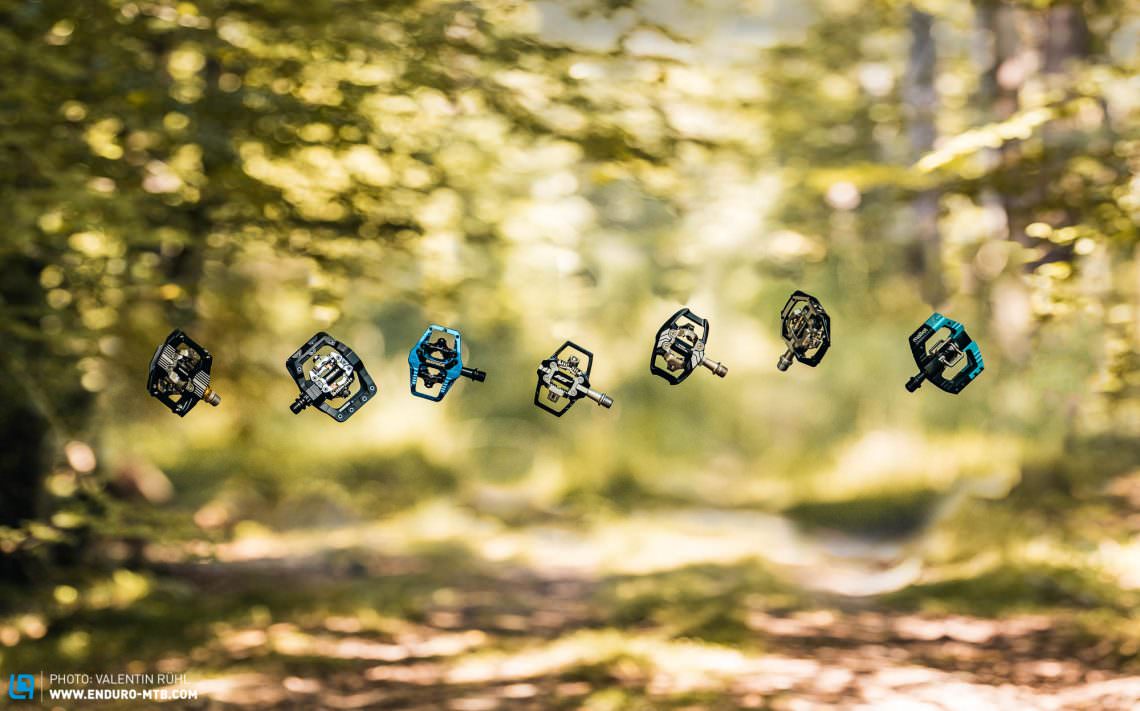
Comparison of clipless mechanisms
Conceptually, the clipless mechanism is actually quite simple: a metal plate attached to the sole of your shoe, the cleat, is held to the pedal by a spring-loaded mechanism and is only released by turning your foot or by force in the event of a crash. While the basic function is the same for all pedals, there are significant differences between the different systems. The release tension can be set on all the pedals except the Crankbrothers Mallet E. Beginners usually adjust the mechanism to get out of the pedal more easily; advanced riders usually prefer a firmer release setting so as not to clip out unintentionally. Ultimately, however, it’s up to personal preference.
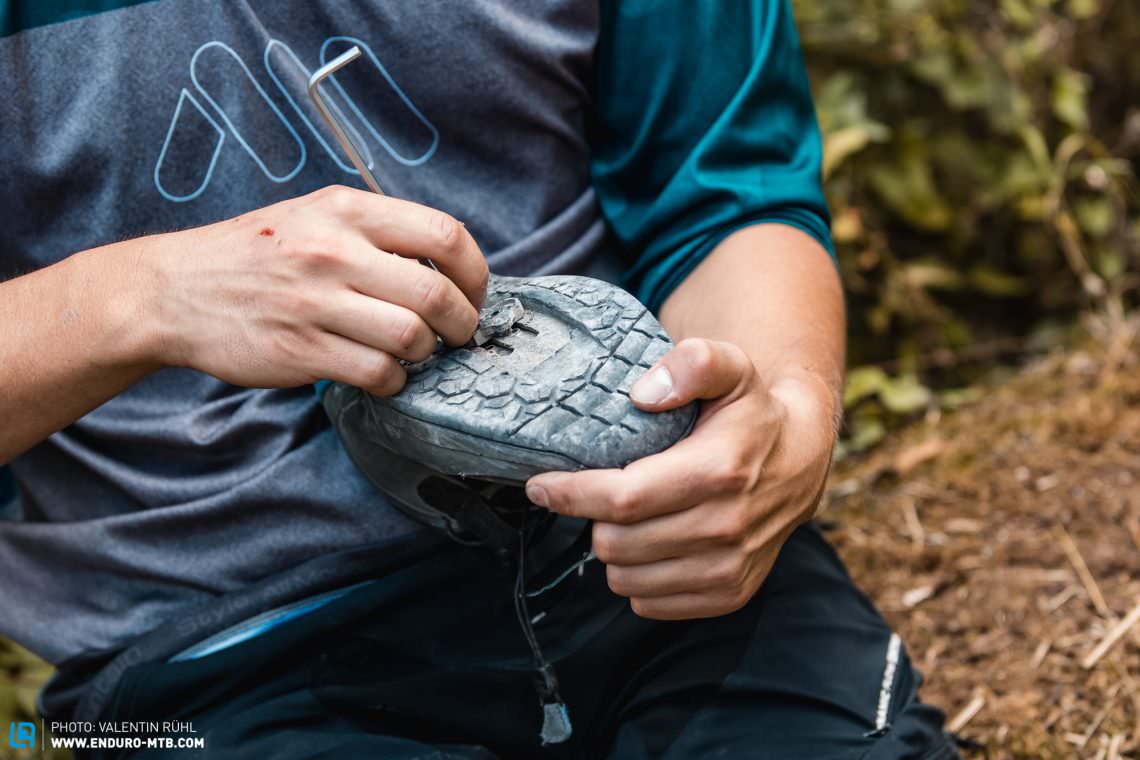
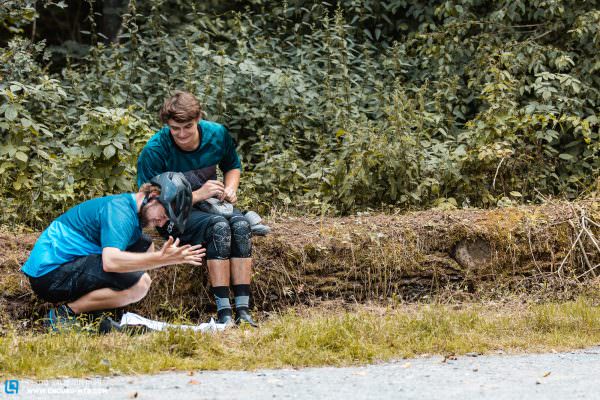
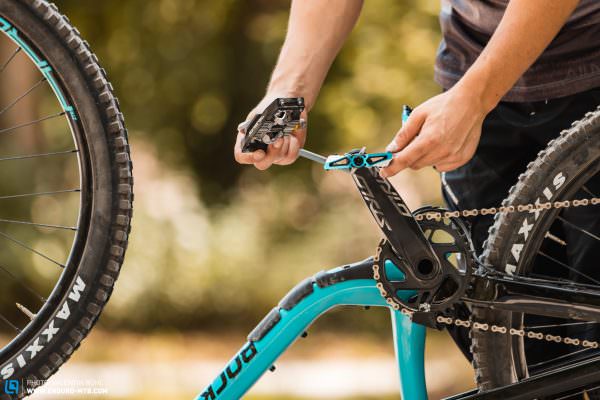
Float angle
While the feeling when clipping in and out when you’re riding plays only a minor role, the float angle of the system has a significantly greater influence on the riding characteristics of pedals on the trail. The float angle describes how far your foot can freely rotate while staying clipped in. At first glance, you would think that a small float angle is an advantage, as it is theoretically easier to get out of the pedal. In practice, however, a large float angle offers noticeable advantages, because it allows you to turn your feet into corners and actively steer the bike with your feet. If the float angle is small, you might unclip unintentionally when turning your feet. However, many riders feel safer on a pedal with a smaller float angle.

But be careful: although manufacturers state the float angle, it doesn’t necessarily have to be the same as the release angle. For example, Crankbrothers pedals offer a float angle of 6° and a release angle of 15° or 20°. Your foot can easily turn between 0° and 6°, but from 6° to 15° you are in a kind of grey area, neither fully clipped in nor out. If the release angle is too large, it may be difficult to get out of the pedal. Also if the pedal platform has aggressive pins, in practice the float angle is 0, regardless of the theoretical value. Some manufacturers offer cleats with different float and/or release angles.
The myth of contact area
Modern clipless pedals for trail and enduro use have a much larger contact area than their classic XC counterparts. But unlike what most people think, this is often not due to the large cages and long pins. You’ve got the be careful when comparing the contact area of different clipless pedals because depending on which shoe the pedals are combined with, the result can be very different. On most of the models we tested, the cages and pins contacted the shoe only partially, if at all. The platform may seem large at first glance, but in practice, the shoe floats above the cage, and the pins are useless. On the other hand, most shoes have a flat contact surface around the click mechanism – but it’s much smaller than the surrounding cage.
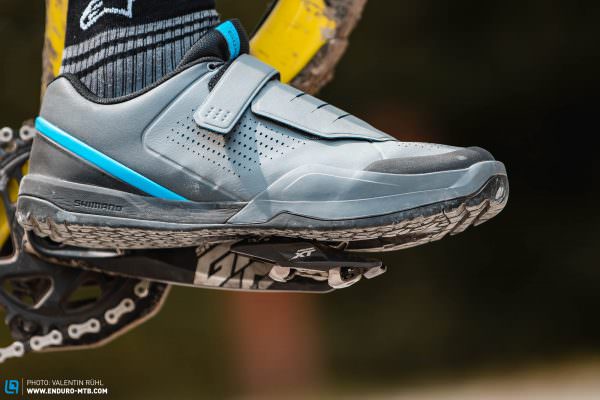
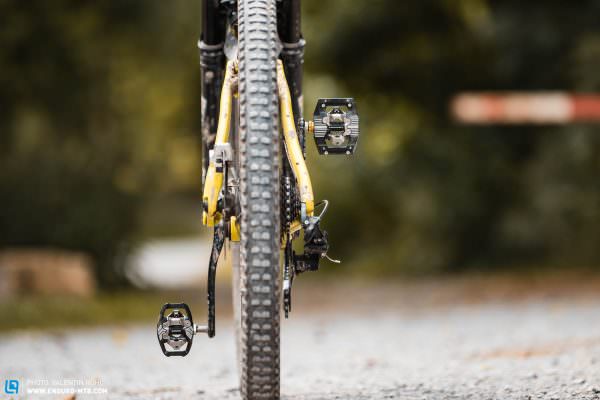
Beginners often feel that the cages offer more support when clipped out, but we wouldn’t recommend riding clipped out when using clipless pedals. The height of the clipping mechanism prevents the shoe from finding proper grip, even with large cages.
Shoes and pedals must fit together
Unfortunately, there are no standards for the connection of shoe and pedal, and each manufacturer has a different opinion on how deep the cleats should be in the sole or how large the recess should be. Therefore, not all shoes are equally compatible with the different pedal systems. Shimano’s SPD pedals and similar systems like those offered by Nukeproof, Sixpack and HT work well enough with all of the shoes we tested, but the contact area between the sole and pedal varies a lot. Even in the best case, these pedals offer only a relatively small contact area and leave much of the work to the shoe. You should, therefore, attach importance to a stiff sole to aid in power transfer.
Pedals with large platforms such as DMR and Crankbrothers also work well with softer soles and offer a generous foothold thanks to the large cages. However, as they come into contact with the shoes in various places, these models also require a more complicated adjustment. The distance between sole and pedal cage can be adjusted via spacers and pins. Only once everything is fine-tuned do the pedals offer any advantages.
Tops & Flops
Tops
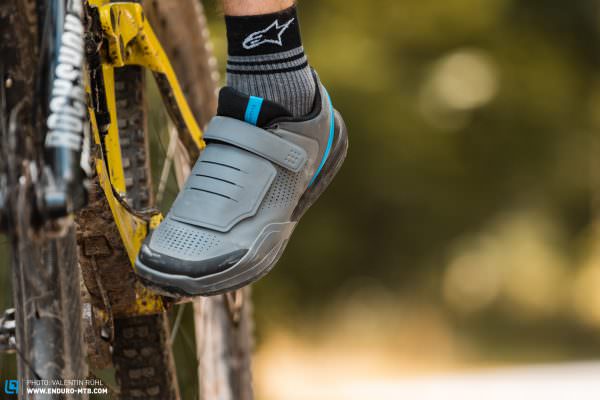
no pedal gives the foot as much freedom of movement as the Crankbrothers Mallet E; aggressive riders appreciate the unique clip mechanism for its generous float and release angle
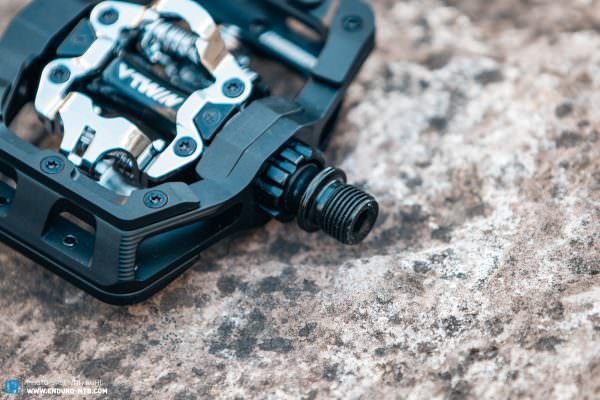
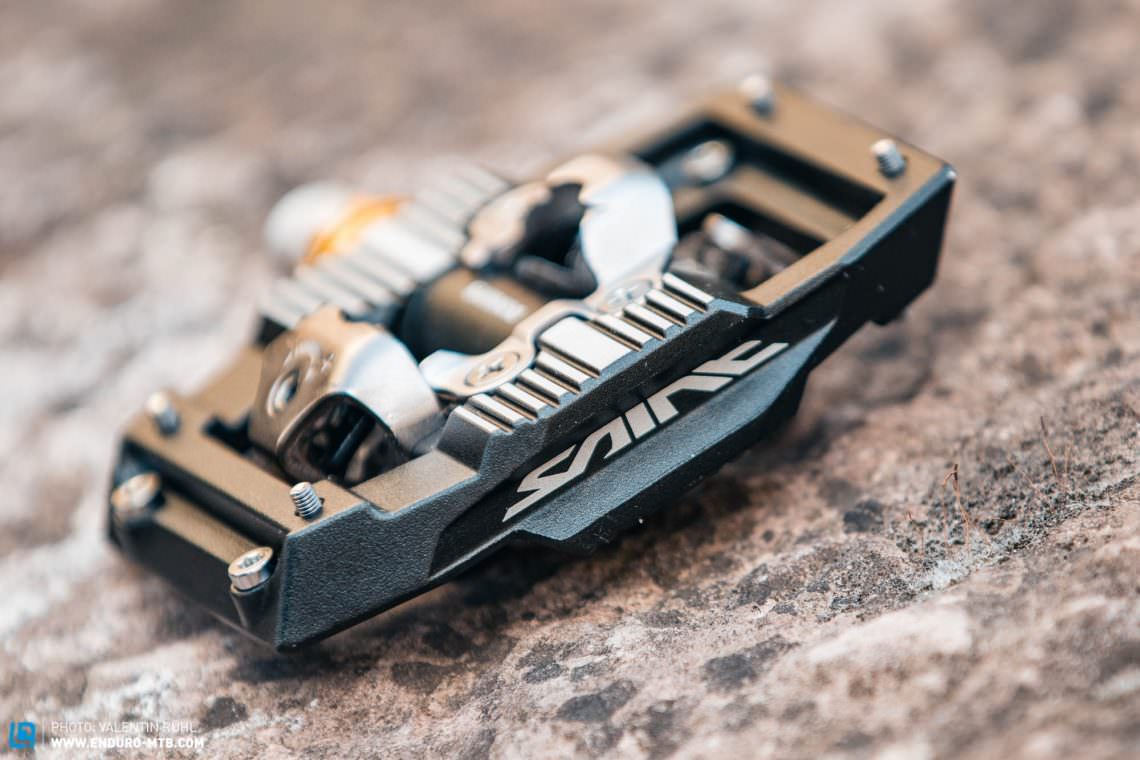
the new Shimano Saint-Pedals don’t have a huge cage, but thanks to the generous contact area next to the clip mechanism your foot is still very secure
Flops

The HT T1 is beautiful when new, but unfortunately, ours showed significant wear after only a few days on the bike – the surface is easily scratched, and the screws had to be tightened after a short time on the bike
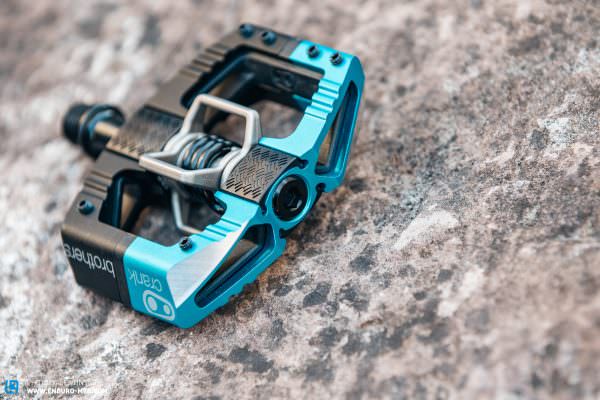
replacing the Crankbrothers traction pads costs a lot of nerves and is extremely cumbersome. Our tip: a cold beer calms the nerves, a vice helps to fix the pedals.
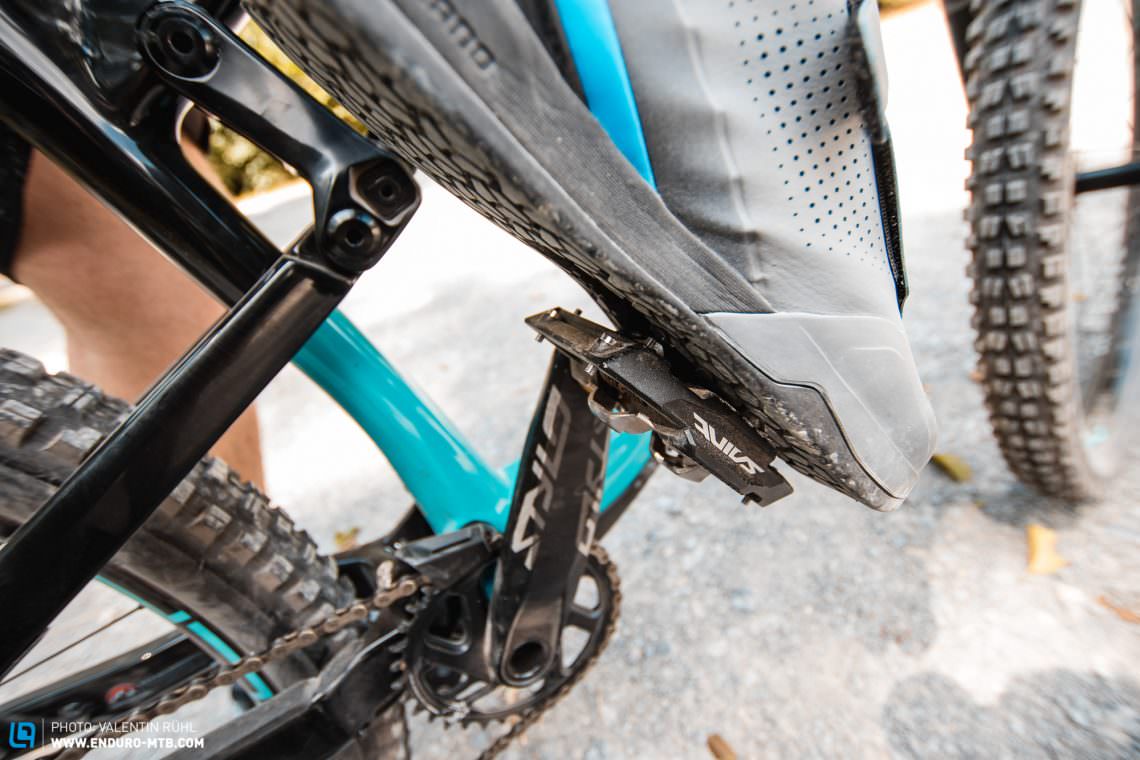
Six of seven pedals in the test have interchangeable pins, but on most of them they are completely superfluous because they don’t come into contact with the shoe
Conclusion
All of the pedals we tested deliver solid performance and serve their purpose, but on closer inspection, there are some significant differences. Five of the seven pedals are based on the SPD system, but in the end, none of the newcomers succeeded in supplanting the top dog, Shimano. The new Shimano Saint PD-M820 is the best SPD pedal we’ve ever ridden, and it secured our coveted best value award. On the trail, the HT T1 with its specially developed clip mechanism received a lot of praise. Unfortunately, the fast wear and the high maintenance costs cloud an otherwise positive impression. The Crankbrothers Mallet E LS offers the best combination of freedom of movement and contact area, securing the best in test with its unique riding feel!

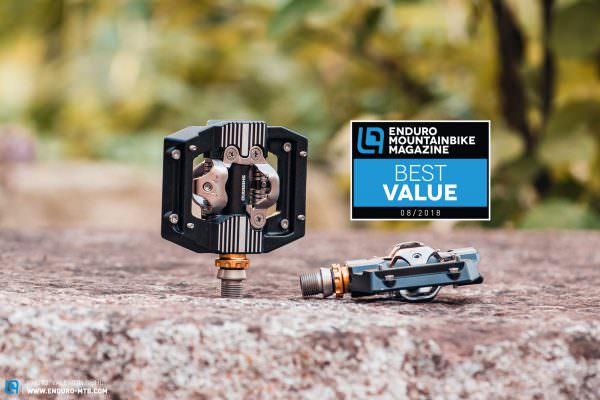
You are not sure whether you should ride clipless or flat pedals? Or you want to know more about our test criteria? Then head to the main article: Contact point no. 1: The best pedals for trail and enduro riders in comparison and check out our flat pedal group test: The best MTB flat pedals you can buy









